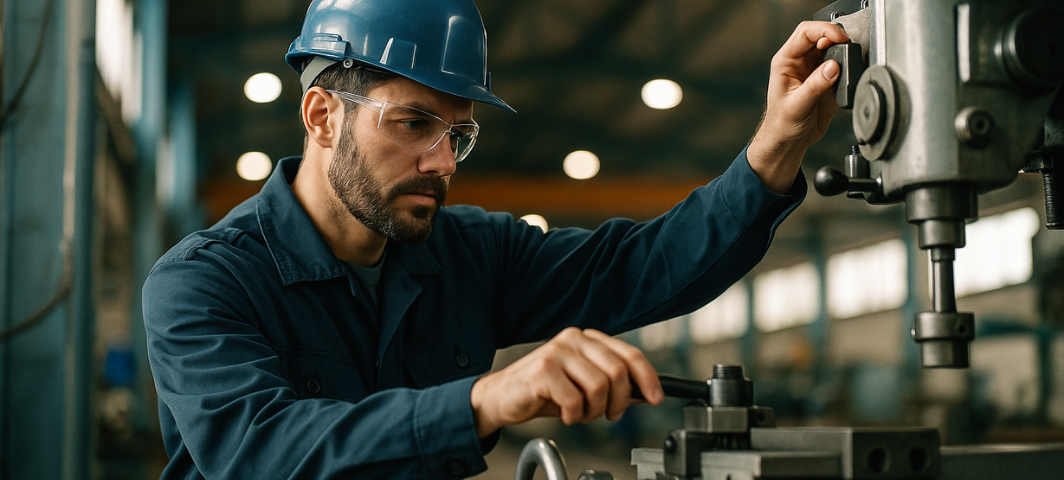Turnover is inevitable. Even your most reliable operators will eventually retire, move on, or transition to different roles. But when a top performer walks out the door, it often feels like more than just a personnel change—it’s a potential performance gap. For Plant VPs and Ops Executives, the questions become immediate: How do we preserve what they know? How do we transfer their expertise without losing efficiency or quality?
The Hidden Cost of Losing a Top Operator
Your best operators carry more than technical skills. They embody tribal knowledge—the subtle, experience-driven insights that aren’t written in manuals:
- How they adjust a machine by feel when it’s running just slightly off.
- The sequence of small checks they perform instinctively to prevent downtime.
- The efficient body motions that make them twice as productive as others.
When they leave, those invisible skills often leave with them. The result? Longer ramp-up times for new operators, higher error rates, and dips in throughput or quality.
Traditional Training Can’t Keep Up
Shadowing, mentoring, and manuals have always been the go-to methods for knowledge transfer. But these approaches don’t scale, and they rarely capture the nuance of how an expert moves and works in real time. They leave too much open to interpretation, and too much at risk of being lost.
Capturing Expertise with Motion and Video Analysis
Forward-thinking manufacturers are addressing this challenge with technology designed to capture and replicate operator excellence:
- Video-based skill capture: Documenting expert operators in action creates a library of real-world reference material.
- Pose-based motion analysis: Beyond video, AI can track and analyze the exact movements of expert operators—identifying patterns, efficiencies, and techniques that distinguish top performers.
- Seamless transfer to the next generation: By breaking down expert motions into repeatable, measurable steps, new hires gain a precise roadmap to mastery rather than a rough set of instructions.
Why It Matters at the C-Suite Level
For Plant VPs and Ops Executives, this isn’t just a training improvement. It’s about de-risking operations:
- Continuity: Ensure productivity doesn’t drop when people leave.
- Standardization: Replicate excellence across shifts and sites.
- Retention and development: Accelerate learning curves, boosting confidence and reducing turnover among new operators.
- Operational resilience: Protect the plant from sudden gaps in capability.
Turning Turnover into an Opportunity
Instead of fearing the day your best operator leaves, prepare for it. With video and pose-based analysis, manufacturers can capture skills once considered “uncapturable” and build a sustainable pipeline of expertise. The result is a workforce less dependent on individual brilliance and more resilient through collective capability.
Because when turnover happens, and it will, you don’t just want to keep the line running. You want to keep it running at its best.



.svg)

